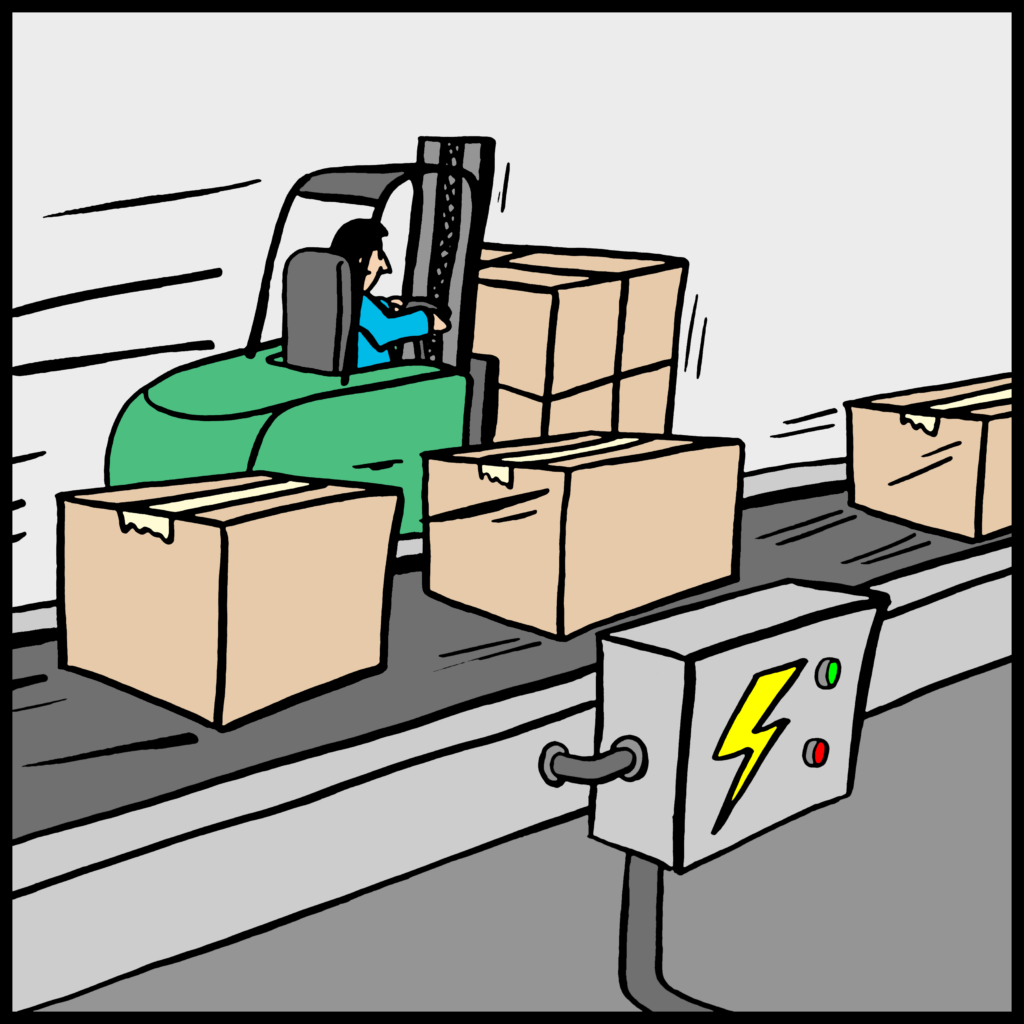Visualizing the processes within companies and their energy service providers
What motivates decision makers within companies to make investments in energy efficiency? Energy service providers (e.g. energy advisors, technology suppliers, ESCOs) are struggling to find the right way to motivate their potential clients for a positive investment decision in sustainable energy assets. This article offers a look behind the scenes of the decision making process of these potential clients. It provides insights into the values that are important in this process, which is essential for energy service providers to have persuasive influence at their client’s boardroom level.
Based on real-life examples of energy efficiency investments projects, three journeys are presented that describe the different stages of the decision making process, how decisions were made, who influenced those decisions, and what aspects were most important to make that decision. These stories emphasize the role of energy service providers in supporting decision makers within companies to make energy efficient choices. This is done by reflecting on the expertise they bring to the table in several stages of the decision making process. Depending on the availability of the expertise within the company, the energy service provider plays a specific role in offering his/her services. Who the energy service provider interacts with within a company also depends on the expertise and the division of roles within the company.
The three journeys are based on cases studies conducted in the projects ‘Green by Choice, Green by Design’ and INDUCE. For the case studies, in-depth interviews were conducted with employees of the company and the energy service providers that supported the process. A short summary of these projects is provided under the section ‘Integrating insights from psychology’.
Energy efficiency within companies is a crucial part of the Netherlands achieving its climate and energy transition goals. However, the energy efficiency market is not developing at the required scale and speed. Research on the so-called Energy Efficiency Gap has shown that, even if there are no significant technical or economic barriers, investments in energy efficiency are not made. This can be explained due to the fact that one important aspect is constantly overlooked: people (and people within companies) are not rational decision makers. Decisions are influenced by a complex interplay of individual cognitive biases (systematic errors in our way of thinking), group processes, and culture. For example, visionary ‘front runners’ may be prepared to break some bureaucratic rules to get sustainability projects of the ground, but they will find it challenging to act against company values. This insight makes it especially strange that energy service providers keep approaching companies and its employees, as rational entities when trying to ‘sell’ energy efficiency, decarbonization or sustainability to companies.
In the journeys below, the decision making process within companies is presented from the client’s point of view, and describe the interactions with several energy service providers. The journeys demonstrate how non-rational elements (such as the vision of one specific decision maker, having a similar interest, or trust between the involved parties) influence the decision and create opportunities for a conversation on energy efficiency. To address the Energy Efficiency Gap, a change in mindset and the acquisition of new skills on the part of, amongst others, energy advisors (both in-company and external advisors), technology suppliers, and ESCOs are required. Increasing their expertise on these non-rational influences strengthens the position of energy service providers in supporting decision makers within companies in the transition towards more sustainable products and services. Furthermore, it stimulates the market for energy efficiency services and products to mature and extend.
Over the past years, multiple projects have started integrating insights from cognitive psychology and organizational psychology in the field of strategic decision making. Below, several of these projects are described that focus on the question what motivates investment decisions in sustainable energy assets. What binds these projects is that they all focus on information and communication. These projects demonstrated that the way questions are asked at decision makers, and the way information is presented to them (or withheld from them) can have a profound impact on their decision making. Subsequently, relying on academic insights about debiasing decision making and changing company cultures, these projects have developed interventions that motivate and support sustainable (decision) behaviour.
Green by Choice, Green by Design focused on capital expenditures on energy efficient process technology, and delivered a tool stimulating boardroom deliberation of energy efficiency as a fixed criterion in such decisions (Aligning Sustainability impact Assessment Processes-tool, ASAP). However, the project team found that technology suppliers do not proactively discuss energy efficiency with their clients, even when the client is interested, the supplier has a more sustainable alternative on offer, and the buyer-suppliers relationship is solid. This observation gave reason for the project Green Wedge, which delivered a workshop format in which suppliers learn how to bring up the topic of sustainability in dialogues with their clients.
Both of these projects laid the basis for the European project INDUCE, which had the ambition to change the decision culture and shape sustainable behaviour throughout entire organizations. The main target group in this project was the energy advisor, who is well-positioned to stimulate this process but who lacks the expertise on organizational and behavioural change processes. Because of this knowledge deficit, it is difficult for energy advisors to develop long-term sustainability partnerships with companies beyond the level of short-term energy advice focusing on compliance of single production locations. INDUCE delivered a method and a toolset which energy advisors can use to develop training programs for companies. These training programs focus on strategic energy management and the establishment of an energy efficiency culture. In a train-the-trainer session, new trainers can be acquainted with the INDUCE method.
LAUNCH has a similar approach as INDUCE regarding the type of interventions developed, but focuses on the market for sustainable energy assets (SEA) through ESCOs. LAUNCH aims to help ESCO’s deliver interesting value propositions for their end-clients on the one hand, and present investors with attractive opportunities by standardizing Energy Performance Contracts (EPCs) and risk assessment protocols for project investors. The aim is large scale aggregation of SEAs for financiers and supporting contractors in accelerating pipeline growth. The LAUNCH project will run until October 2021.
In this publication on sustainable business model innovation, more information on the interventions developed in Green by Choice, Green by Design (ASAP tool), Green Wedge (workshop format) and INDUCE (capacity building program) can be found.
Choose your Journey
Disclaimer
© 2020 TNO. Dit artikel is het resultaat van het Kennis Investering Project “KIP 2020 Interventions for Industrial Decarbonization” van TNO. Alle rechten worden voorbehouden. Hoewel deze publicatie met zorg is samengesteld kunnen onjuistheden of onvolledigheden niet worden uitgesloten. TNO aanvaardt derhalve geen aansprakelijkheid voor schade die voortvloeit uit het gebruik of de inhoud van dit document. Niets uit deze publicatie mag worden vermenigvuldigd en/of openbaar gemaakt door middel van druk, fotokopie, microfilm of op welke andere wijze dan ook, zonder voorafgaande toestemming van TNO.



